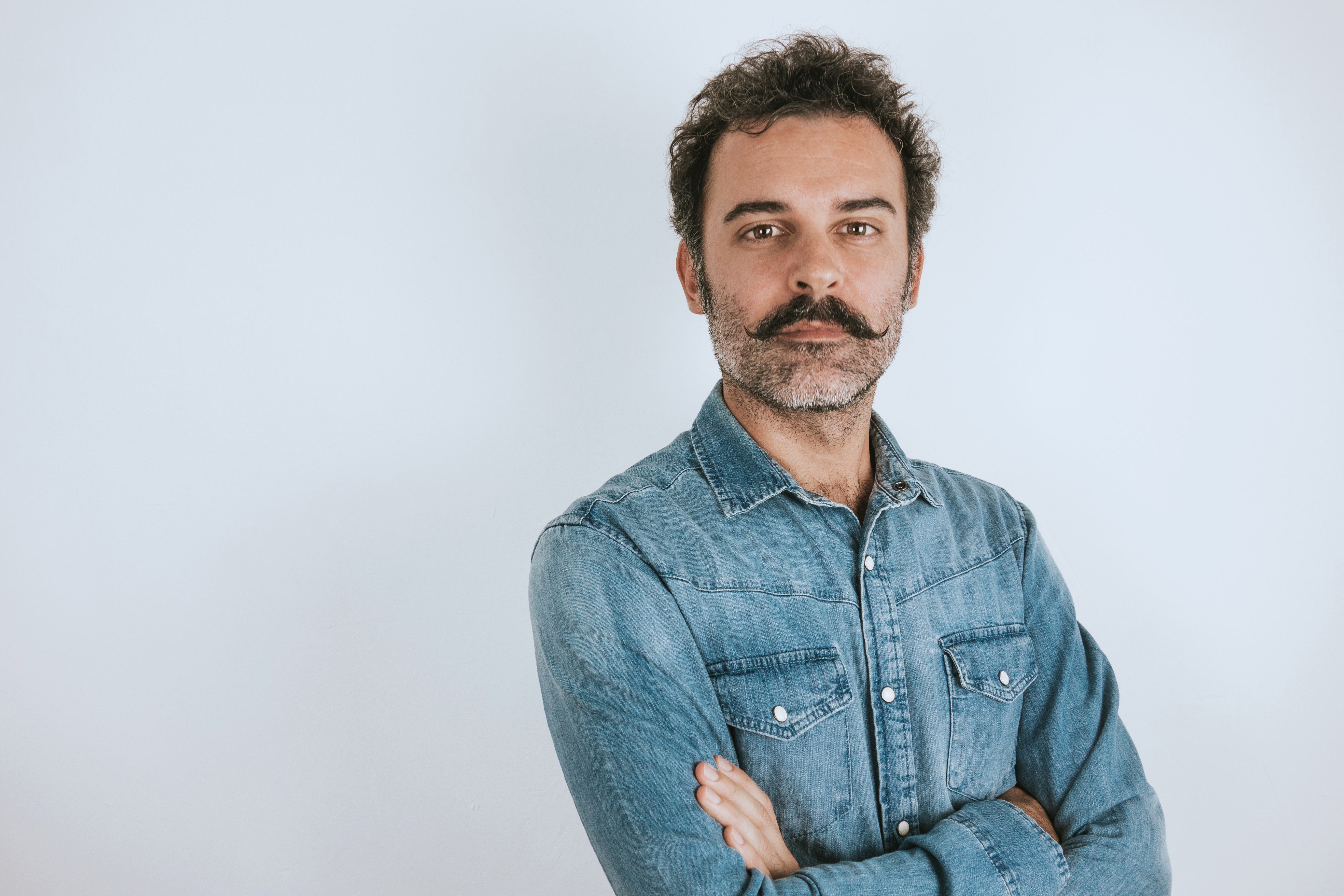What if I told you there is a simple and cost effective way to improve the health, happiness and productivity of your workforce? Plus, the greatest part is, it is not that hard or complex. However, so many businesses fail to see it. It is hiding in plain sight. No part of the solution is difficult to implement or unreasonably costly. You will not run into objections from your workforce (quite the opposite actually – they will love you for it). I would think it crazy that all businesses not realise this, had it not taken me seeing a few thousand office workers with posture related pain to understand it myself.
“Is there really a problem that needs fixing?”
Your workers are in pain. Grab a random cohort of your workers and ask them if they are experiencing any of these symptoms:
- Pain across the shoulders?
- Burning between the shoulder blades?
- Pain at the base of the skull that may travel around the side of the head to behind the eye?
- Stiffness in the back when getting out of a chair?
- Fatigue that may increase through the day?
- What about waking in the morning with a stiff neck and it is hard to turn to one side?
What you will find is 95% of workers are not only experiencing these symptoms, some will have multiple. They will blame their pillow, old bed, tell you they are just super busy, the boss is pushing them hard or they just “carry their stress in their shoulders.”
It’s not the bed, pillow, boss and NO, when stress hormones such as cortisol, epinephrine and norepinephrine are released from the adrenal gland they do not decide to set up camp in your shoulders. When you load your body in certain ways you get a response from the tissues. The problem is how you sit. How you sit and……..
“If it was that big a problem, wouldn’t workplaces have done something about it long ago?”
The challenge is, the symptoms that arise from poor sitting rarely result in a LTI or Workers’ Compensation claim. However, it would be foolish to think these aren’t still hurting your business. Consider the worker with a headache due to the working posture, or the worker with the burning pain between the shoulder blades or pain across the shoulders. Will they really be as productive as a worker with no pain? Will they be as happy? What affect will this have on the wider office?
“So poor sitting is a problem, but what’s the other piece of the puzzle?”
When a worker presents for physio with posture related neck pain and headache, the best you can do in the treatment room is assist with managing the ‘symptoms’. Rarely, in that setting, can you fix the problem. So it is a cycle. Pain, good symptom management, pain returns, symptom management again, etc., etc. It goes on and on and for some in your office this will have been going on for years.
Being a physio who works onsite in businesses, I can go one step further and assess the workstation and set the worker up ergonomically. Problem solved, right? Not quite. If you are truly going to feel great at work, having a great ergonomic sitting posture is vital, but there is one more piece to the puzzle. That piece is activity. Even in the most picturesque posture in the fandangle-super-duper-world-class ergonomic chair, you are not going to feel great if you are glued to it all day.
“So we should all stand up for work?”
Do you stand up to watch your favourite TV show? I’m guessing the answer is no. We sit for a reason. It is comfortable, requires less energy and allows you to be more precise with some upper limb tasks. ‘Sitting’ itself is not the problem. Poor sitting and spending too long sitting in one stretch is.
The second greatest job I ever had was working for a discount retail chain. I loved it. Great people and great workplace. Would have been perfect if not for the aching back, legs and feet at the end of the day. Anyone who has to stand up all day will tell you the same story. By 3pm you would kill for a chair to rest your feet. But standing has benefits too. When standing you engage key postural muscle that help to keep your spine strong, it is easier to maintain your spinal curves, you burn more calories and the increase in blood flow can improve your attention and possibly even your cognitive performance.
The answer is not sitting all day, and certainly not standing all day. The answer is breaking up prolonged periods of sitting with short periods of standing or activity. The answer is an ‘Active Office.’
“But will it really make my workers happier?”
Like I said earlier, it really is simple. When delivering ‘Active Office’ programs I often ask workers to sit down and imagine something incredibly sad and put their body into the position that they would associate with feeling sad or unhappy. Unsurprisingly, the position they get into looks remarkably similar to the typical poor workstation sitting posture. I then ask workers to imagine something happy and again adopt a body position they associate with being happy. Surprise, surprise, it kinda looks remarkably like good sitting posture. And what about when something incredible happens and you are ecstatic? Do you stay in your chair, or get up and move? See my point. Want a happier workplace, start with happier postures.
Something else tends to happen when you get out of chair. You draw yourself away from your screen and interact with someone, maybe someone in the next cubicle or walking past. Humans are social creatures and it is one of the key biological features that has allowed our species to flourish while others haven’t. We are built to communicate and interact. When we do, our brain releases a range of neurotransmitters and hormones, one of which, oxytocin (often known as the ‘bonding’ hormone) can modulate fear, trust and anxiety and also has antidepressant effects. An Active Office is a happy office!
“So why aren’t we more active? Or perhaps more importantly, how to do we get moving?”
To answer this question we can learn something from the ‘Blue Zones.’ Blue Zones are areas in the world where there is a higher proportion of the population who reach the ripe old age of 100. In these areas, people tend to get more general activity than the average Aussie might. But that is not because they are hitting the gym or pounding the pavement. It is because there are features of their environment and culture that nudge them towards being more active. That is, they are more active without even consciously trying.
In the office, we are products of our environment and therefore an environment that promotes activity is the key. Remember the environment is not just about the equipment. It also includes the culture of the workplace. I often ask workers, “How acceptable would it be for you to get out of your chair in a meeting to stretch?” It is fascinating to watch people mull this question over in their heads. The obvious looks of discomfort some people display are pretty tell tale signs that their colleagues might think them crazy if they dared get out of the chair simply just to move or stretch!
I am not suggesting that giving workers the knowledge about the importance of being active and breaking up periods of sitting with activity is not important. It is just that the knowledge itself is not enough. We have the knowledge that smoking is bad – but people still smoke. We know we should eat more vegetables – you get the point. It is only once you combine the knowledge with the environment and culture change that you can truly realise the full benefits of the Active Office.
The Employ Health Active Office program is about giving your workers the tools to set up in an ergonomic position no matter where they are working, and be empowered to create an environment and culture that promotes activity.
Ignore the hype. No, sitting is not the new smoking. No, your workers will not loose weight by getting a stand up desk. You will not run Employ Health’s ‘Active Office’ program because it is the new craze. You will invest in our program because there is no more cost effective way of improving the happiness and productivity of your workplace than creating an Active Office.
After seeing the results of this in action, getting workplaces moving has become my passion. Please contact me if you would like to learn more.















